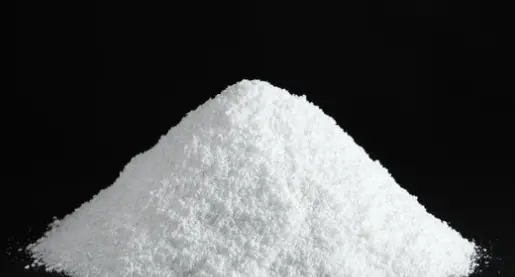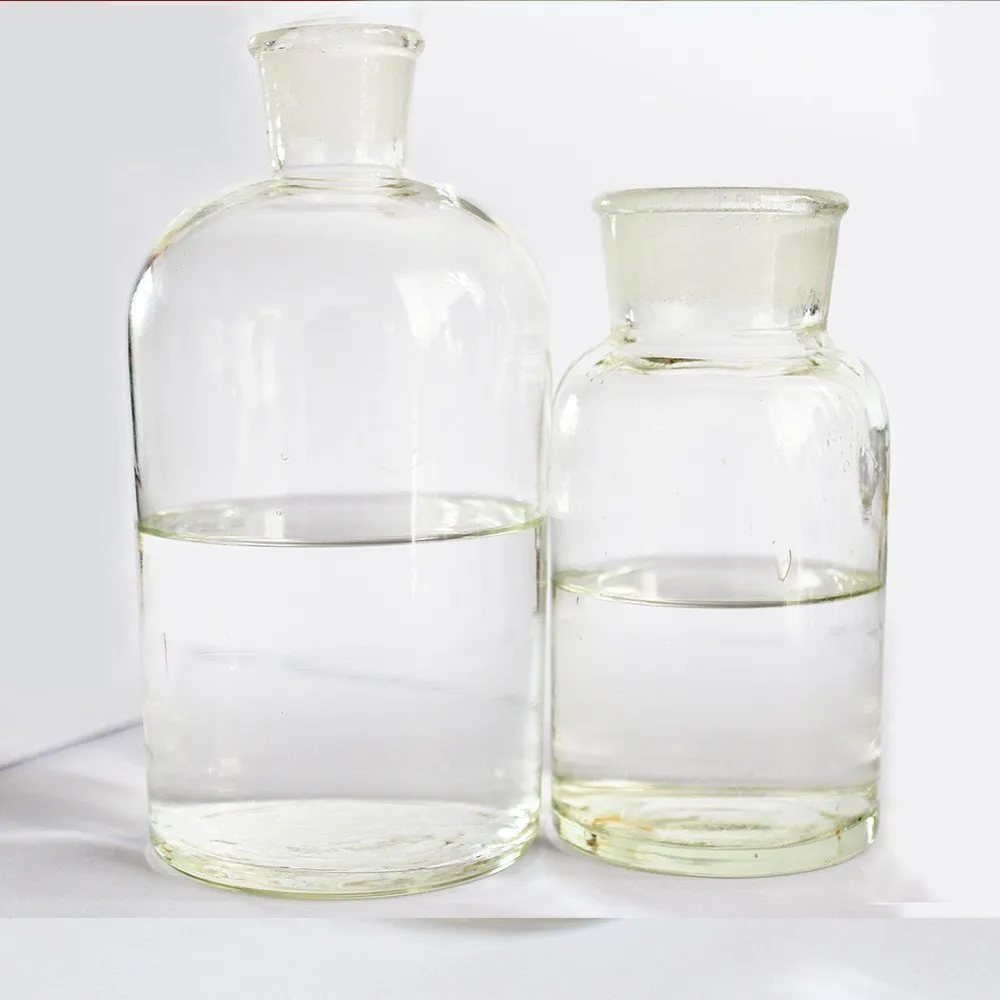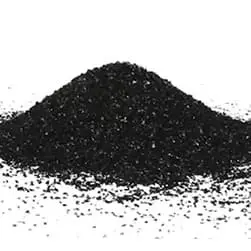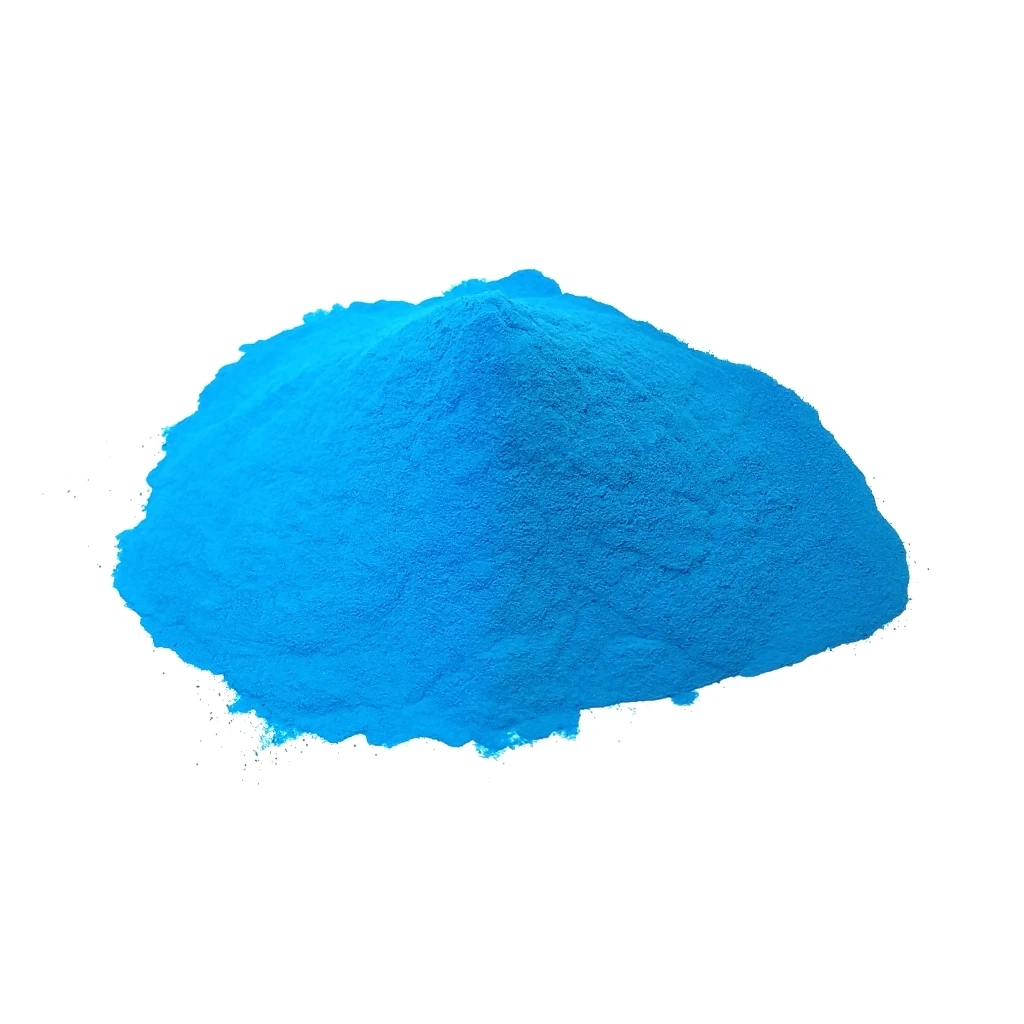Ferric Chloride Anhydrous
|
IUPAC Name |
: Iron trichloride |
|
Cas Number |
: 7705-08-0 |
|
HS Code |
: 38220090 |
|
Formula |
: Cl3 Fe |
Basic Info
|
Appearance Name |
: Powder Dark Color |
|
Common Names |
: Iron (III) Chloride, Iron trichloride, Molysite |
|
Packaging |
: 50 kg PP Bag |






 English
English
 Indonesian
Indonesian
 简体字
简体字
 العربية
العربية
 Español
Español
 Français
Français
 Português
Português
 日本語
日本語
 한국어
한국어
 Tiếng Việt
Tiếng Việt
